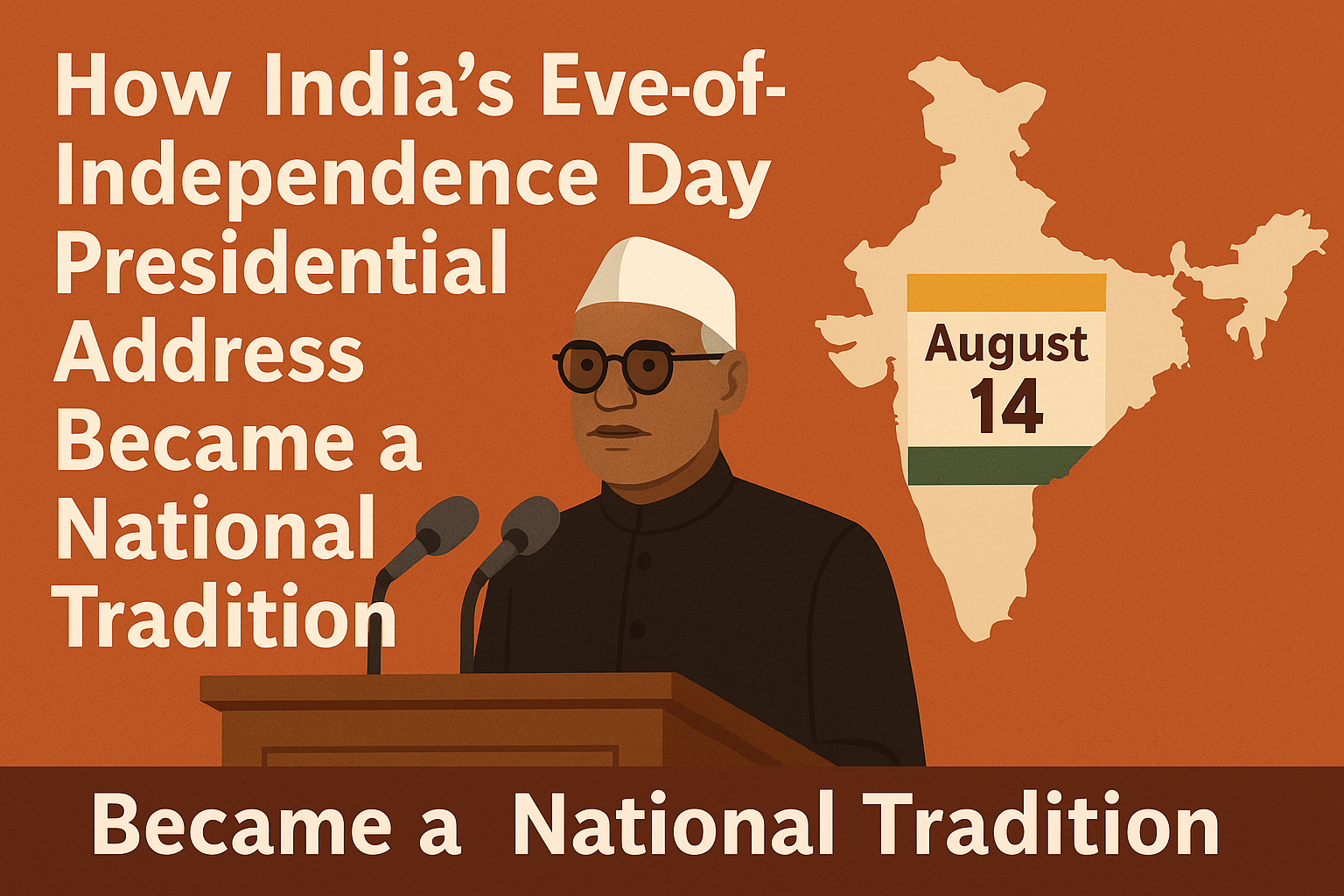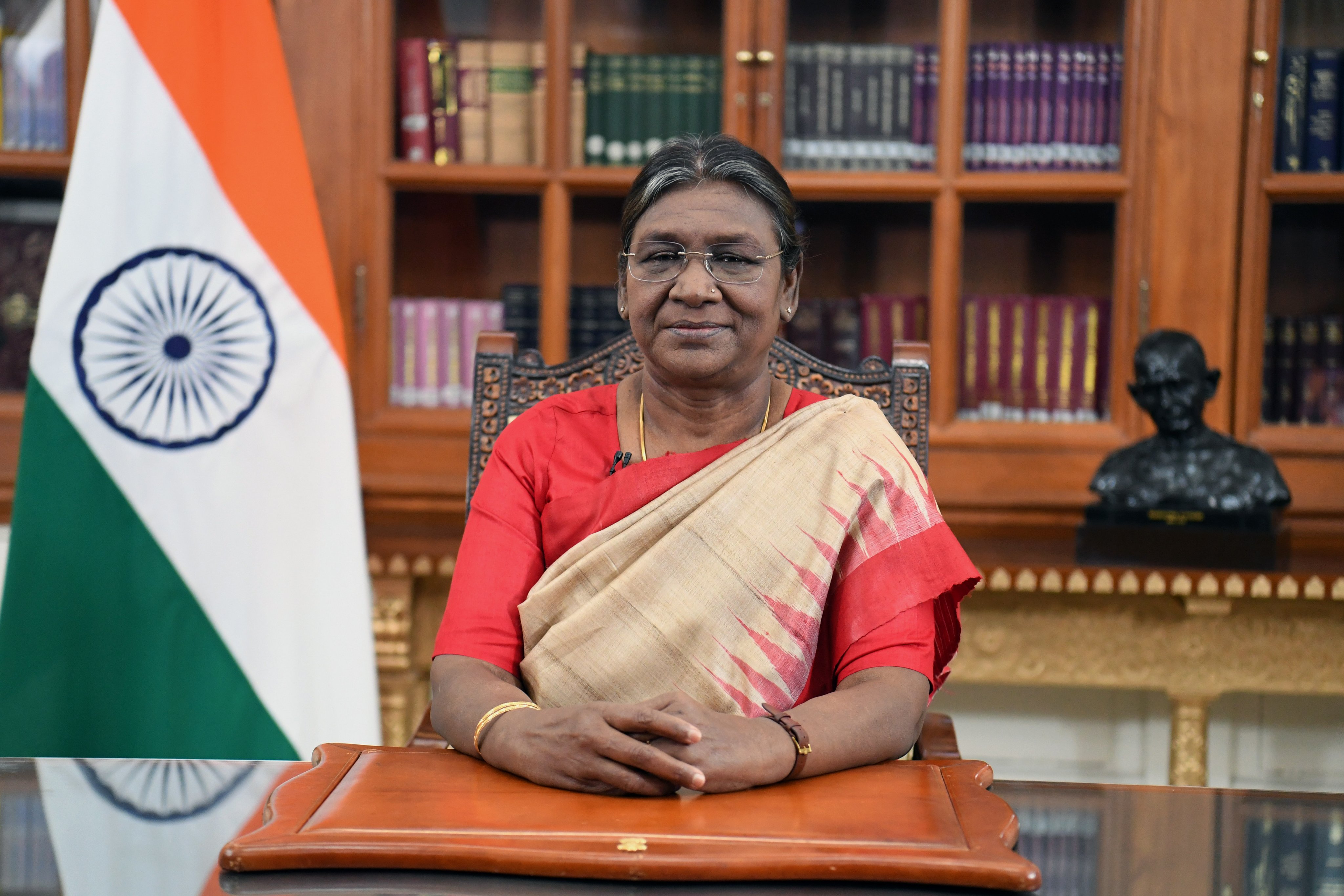Every year on August 14, the President of India addresses the nation a quiet but powerful moment that sets the tone for Independence Day celebrations. But where did this tradition come from? Why does it matter so much, and how has it evolved over time?
How the Tradition Began
The practice began in the early years of the Republic. After India’s independence in 1947 and its transformation into a republic in 1950, the role of the President was designed to be that of a non-executive constitutional head one who would uphold democratic values, represent national unity, and reflect the conscience of the country.
While the Prime Minister addresses the nation from the Red Fort on Independence Day morning, the President speaks the night before, offering a more reflective, ceremonial, and statesmanlike message not policy-driven, but moral and symbolic.
From Rajendra Prasad to Droupadi Murmu: A Timeline of Voices
Each President, from Dr. Rajendra Prasad (India’s first President) to Smt. Droupadi Murmu, has carried forward this tradition, shaping the speech according to their era:
- Dr. A.P.J. Abdul Kalam often infused his addresses with futuristic vision, science, and national purpose.
- Pranab Mukherjee, a former finance minister, took a more statesmanlike tone, focusing on economic reforms and civic responsibility.
- Ram Nath Kovind emphasized social equity, inclusion, and constitutional values.
- Droupadi Murmu, since 2022, has added representational depth, being the first tribal woman President, with a focus on grassroots inclusion and women’s empowerment.
Why the Presidential Address Still Resonates
Unlike political speeches or government statements, the Eve-of-Independence Day address is seen as:
- Above politics: Rooted in national unity, not partisanship.
- Measured and moral: It doesn’t make promises it offers vision and reflection.
- Inclusive in tone and content: Aimed at every Indian from policymakers to students, farmers to tech workers.
In a fragmented media and political environment, it remains one of the few moments when the entire country listens to a shared voice.
Adaptation Over the Years
- In the early Doordarshan years, the speech was broadcast in black-and-white, often reaching limited urban audiences.
- In the 1990s and 2000s, with the rise of FM radio and TV penetration, the reach expanded significantly.
- Today, the speech is broadcast live on AIR, Doordarshan, online platforms, mobile apps, and social media, in multiple languages an infrastructure unique to Indian democracy.
Symbolism Beyond the Words
The address reflects how the Presidency of India remains a living institution, adapting to change while staying rooted in constitutional duty. It is not meant to entertain or provoke but to calm, unify, and inspire.
Especially in a time of rising polarization globally, this quiet moment of national reflection remains a democratic anchor.



